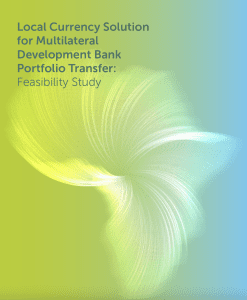Introduction
The COVID-19 pandemic has caused devastating economic and social disruption across the world. It has especially affected developing countries, which were not fully prepared and had limited leeway to take the required preventive measures.
As seen in previous chapters of this study, not only was the impact of COVID-19 historic and unusual in its severity for developing countries, it caused immense debt stresses and put fiscal pressure on governments’ economic and financial fortunes. Faced with increasing requirements to spend on health and other essential services at a time when economic activity had all but stalled and revenue streams dried up, the need to resort to additional government borrowing became inevitable. That pushed the average general government gross debt-to-GDP ratio to 57.8 per cent at the end of 2020 for the 45 countries in the sub-Saharan Africa region, from 51.5 per cent in 2019. This was the highest level in almost 20 years, and an increase of more than six percentage points in just one year (IMF, 2021).
The fact that developing economies were already facing different vulnerabilities before the pandemic made it more difficult for them to manage the level of sovereign debt. Pressures particularly came from issues such as fast-growing interest expenses as a share of revenue, rollover risks due to shorter debt maturities, a narrowing of the differential between the real interest rate and growth, expanding contingent liabilities and, in some countries, debt collateralisation with limited transparency (AfDB, 2021). As seen in Chapter One of this study, the region entered the crisis with significantly less fiscal space than it had at the onset of the global financial crisis of 2008/09, with 16 countries either at high risk of debt distress or already in distress in 2019. At the same
time, the funding conditions of these countries were vulnerable to global risk sentiment and therefore historically more volatile than in advanced economies (OECD, 2020).



